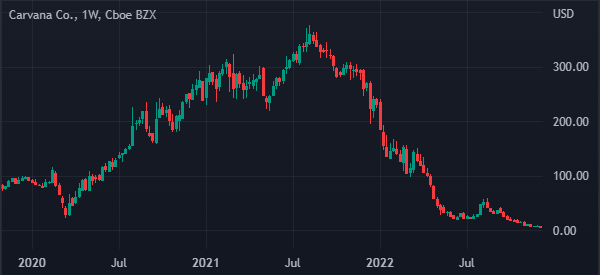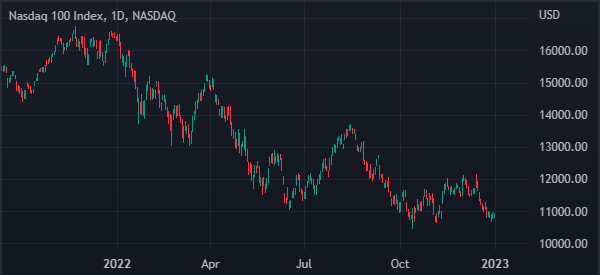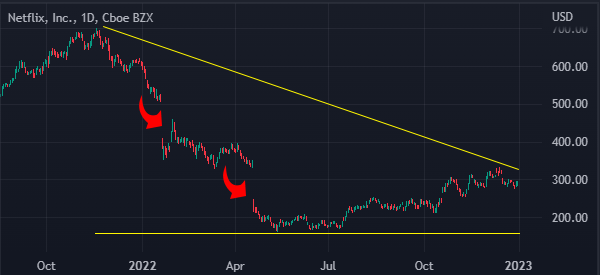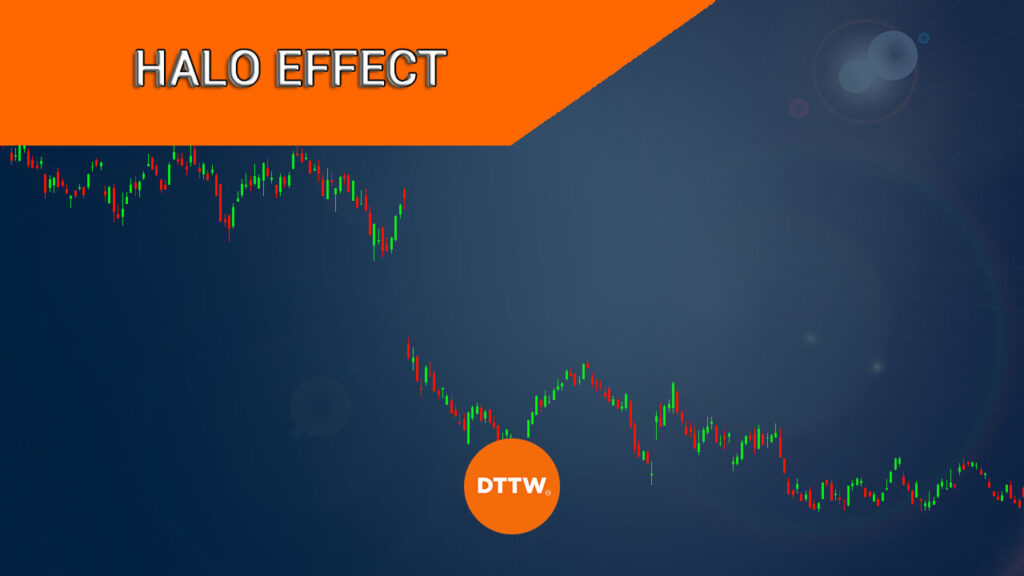Bias is a common thing in day-to-day life of any person. It also applies across all spheres of life, including education, medicine, and economics. Most importantly, bias applies in the financial and trading sectors, where people seem to favor some assets and styles compared to others.
In this article, we will look at the concept of the halo effect and how it applies to the financial market.
Day trading itself in the early 2020s grew so much in popularity because of this psychological trigger, when Many traders were making huge profits in the financial markets. This pushed a high number of people to start trading with the purpose of riding this wave.
Table of Contents
What is the halo effect?
Halo effect is a phrase in psychology that looks at the bias that exists within some industries. For example, assume that you are unwell and you decide to go to a hospital where you find two doctors.
One of them is smartly dressed while the other one is not. In this case, chances are that you will opt to use the smartly dressed doctor even though the other one is significantly better.
Many experiments on the halo effect have been done.
One of the most popular is where students of different appearances are subjected to a test. The cohort of better-looking students perform better than their peers when subjected to a physical exam. On the other hand, their performance tend to be flattened when a blind test is done.
Related » Optimism and pessimism bias in trading
Halo effect in businesses
The concept of halo effect also applies in business. A good example is where some better-looking individuals get some jobs, such as in journalism. Halo effect also works in managerial decisions, which was first identified in 1920 by Edward Thorndike.
A good example of halo effect in business is where a company and its stock prices are doing well. In this case, some analysts attribute this performance on the company’s sound strategy, their visionary leader, motivated employees, and a vibrant culture.
However, when conditions worsen, people are quick to conclude that the strategy was wrong. A good example of this is Carvana, a company whose shares surged during the pandemic and then tumbled in 2022.

As the stock surged, most analysts, including Jim Cramer, were quick to praise the company. They then criticised the company as its stock plunged.
Other companies that did well and then tumbled were Tesla, Cisco, and Vroom.
Halo effect in trading
Halo effect also happens in day trading. It happens when some traders have some inherent biases in their day trading activity. There are several ways that this happens.
Too much weight on historical performance
First, traders often look at historical performance of some assets and use this data to make predictions. A good example of the fact that tech companies and the Nasdaq 100 index outperforms value stocks.
While this outperformance is well-documented, the reality is that it is not permanent. For example, the Nasdaq 100 index tumbled by more than 30% in 2022 while the S&P 500 and Dow Jones dropped by less than 20%.

Herd Behavior of the investors
Second, traders often buy stocks when well-known investors and hedge fund managers invest in stocks.
For example, investors often buy shares when Warren Buffet buys a stock. The theory is that Buffett is such a great investor who does no wrong.
However, in some cases, this type of investing has been wrong since Buffett is human.
Another example of halo effect in trading is when there is a short-seller report. This is a situation where a stock collapses after a short-seller publishes a report. In most cases, stocks tend to drop sharply when prominent short-sellers releases these reports.
Company overvaluation
Another example of halo effect in trading is the quality of companies in the financial market. At times, investors assume that some companies or financial assets will continue growing in perpetuity.
A good example of this is Tesla, whose shares surged too much until its market cap soared to more than $1 trillion.
The company suffered a sharp reversal in 2022 as the company faced significant competition from the likes of General Motors, Ford, and Rivian.
Related » How to Day Trade Reversal Patterns
Another example was Netflix, which came to dominate the streaming industry. The company’s shares plunged hard in 2022 as the company experienced slow growth.

Why Halo effect can be dangerous
The Halo effect can work well in some cases. In some others, the strategy can work dangerously to traders, and you should pay close attention to them.
Doing inadequate research
First, the Halo effect can lead you to make inadequate research. This happens when a trader uses the halo effect of the current condition without doing adequate research.
For example, you can buy a stock simply because of a short-seller report and do a mistake.
Related » How to Conduct a Financial Analysis of a Stock
Management change
Another risk for halo effect in trading is known as management changes. At times, investors buy stocks because of their hope on the management. However, in some cases, a CEO can leave the company or even die.
When this happens, the whole thesis can change. In some other cases, a CEO can turn erratic as Elon Musk did or even lose his swag.
Use leverage
Another risk for halo effect is in the use of leverage. Leverage is the use of borrowed money in trading. For example, if you have $1,000 and leverage of 1:100, it means that you can trade with $100,000.
While leverage is a good thing, the reality is that it can lead to significant challenges.
Final thoughts
There are other risks of the halo effect in the financial market. As such, you can avoid these risks by doing your research, have a trading journal, a good trading plan, and embrace sound risk management strategy.
Some of the top risk management strategies to use are having a stop-loss and not leaving your trades open overnight.
As long as you are a diligent trader, the halo effect is not a problem. Indeed, following your trading plan and always conducting research makes it easy for you to avoid this bias.
But don’t lower your concentration! As with all biases, falling victim to it is easier than you might think.
External useful resources
- The halo effect: why we are buying the shares of Buffett, Bezos and Musk – Keytrade Bank



